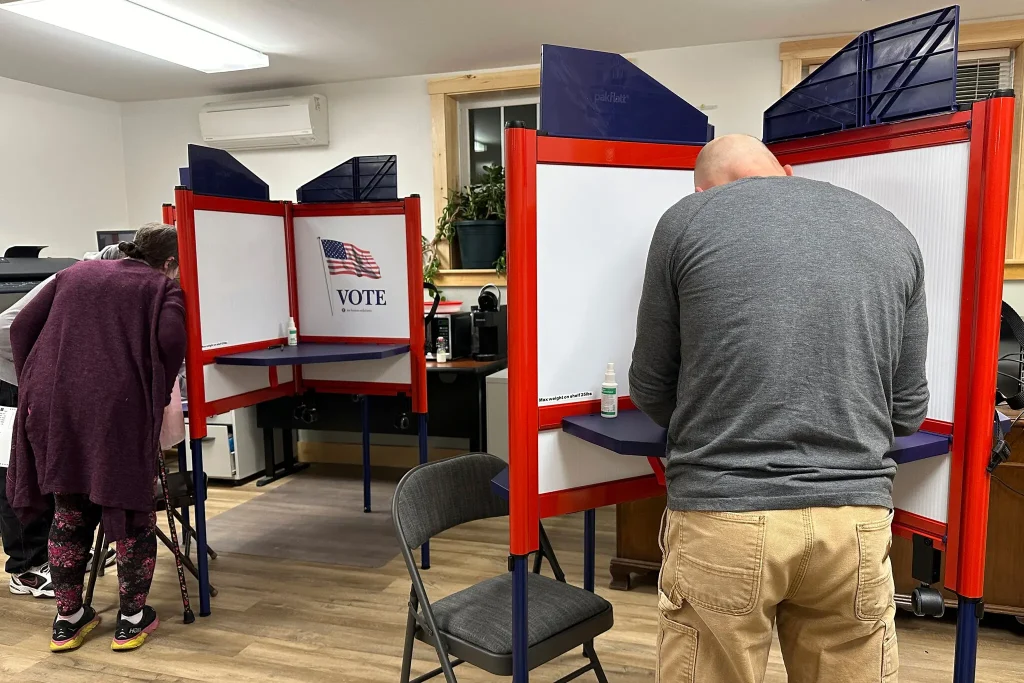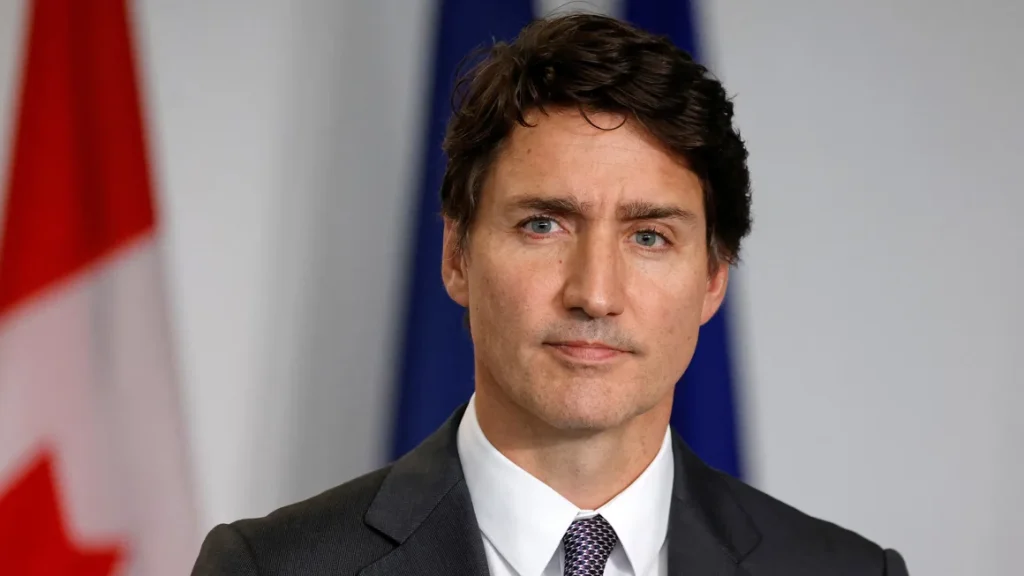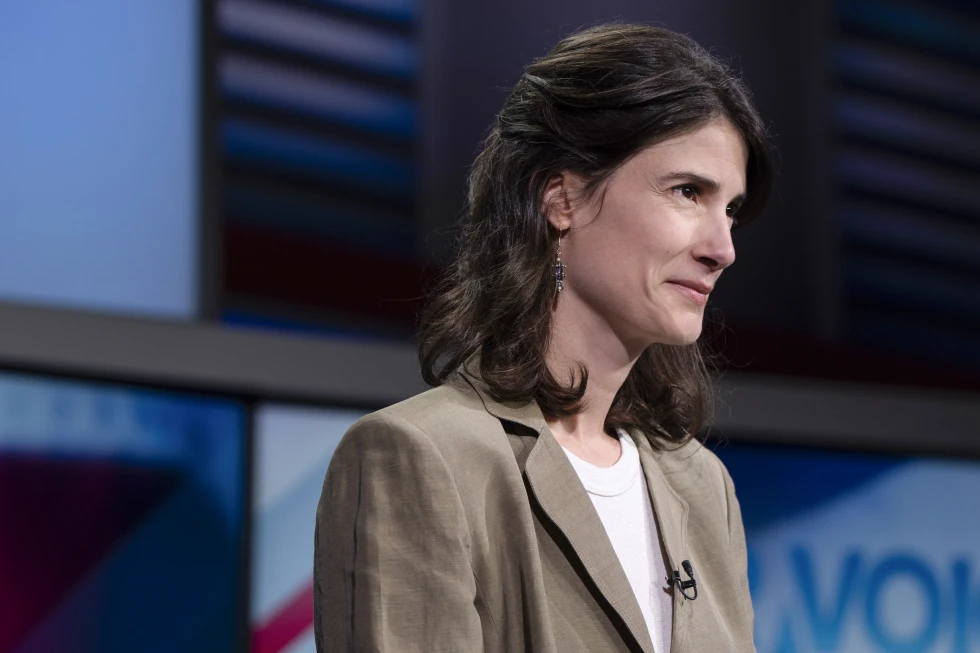Why Democrats Lost More Seats in Vermont Than Any Other State

In the most recent round of elections, Vermont saw a significant shift in political power, with the Democratic Party losing more seats than in any other state. This unexpected outcome has sparked widespread discussion and analysis, as the traditionally liberal state witnessed a notable setback for the Democrats, who have long held a dominant position in local politics. Various factors contributed to this shift, and understanding these elements provides insight into the changing political dynamics in Vermont.
One of the key reasons for the Democratic losses in Vermont is the growing political polarization that has affected many states in the U.S. Over the past few election cycles, Vermont, which is known for its progressive policies, has seen an increasing divide between more traditional Democrats and a rising populist movement. This division became particularly apparent in local races, where candidates on the right capitalized on voter dissatisfaction with the current political landscape.
A significant factor that contributed to the Democratic Party’s poor performance in Vermont was the growing discontent among working-class voters, particularly in rural areas. These voters, once loyal to the Democratic Party, have increasingly felt left behind by the state’s leadership, which they perceive as more focused on urban issues and progressive agendas that do not resonate with their daily lives. This sense of neglect has driven many to support candidates who promise to address their concerns more directly, especially regarding economic policy, job creation, and local infrastructure.
Additionally, Vermont’s political environment has become more competitive due to the increasing influence of independent voters. Vermont has historically been a state where independents play a significant role, but their numbers have been steadily growing in recent years. Many of these independents are disillusioned with the two major parties, often seeing them as disconnected from the realities of ordinary citizens. In the 2024 elections, many of these voters were drawn to candidates who advocated for more pragmatic solutions to the state’s problems, further weakening the Democratic stronghold.
Another important element in the Democrats’ loss in Vermont was their failure to adapt to the shifting priorities of voters. The state’s political culture has traditionally been characterized by a strong focus on environmental issues, social justice, and healthcare. However, many voters expressed frustration with the lack of progress on these issues, particularly with respect to affordability in healthcare and housing. The Democrats, while championing progressive policies, were seen by some as unable to deliver on their promises, leading to diminished trust and confidence among voters.
Furthermore, the national political climate also played a role in the Democratic Party’s underperformance in Vermont. The impact of national policies and figures, such as President Joe Biden’s approval ratings, was felt in the state. National issues, including economic challenges like inflation and concerns over federal government policies, reverberated at the local level. Many Vermont voters disillusioned by national Democratic leadership turned their attention to local candidates, seeking change at the state level as a way to distance themselves from what they viewed as a flawed national agenda.
The rise of third-party candidates also had an impact on the election results in Vermont. As discontent with the traditional political establishment has grown, third-party candidates have found more traction, appealing to voters who feel their concerns are not being addressed by the two major parties. These candidates often advocate for more localized, grassroots solutions to Vermont’s challenges and have been successful in capturing votes from those who are dissatisfied with both the Democrats and Republicans.
Lastly, the role of social media and new forms of political engagement cannot be underestimated in the 2024 election cycle. Social media platforms allowed candidates, particularly those with non-traditional political backgrounds, to connect with voters in a more direct and personal manner. This shift in how campaigns are run and how candidates communicate with constituents has played a role in undermining the traditional power structures that have benefited the Democratic Party in the past.
In conclusion, the Democratic Party’s loss of more seats in Vermont than in any other state in the recent elections is a result of a combination of factors. Growing political polarization, the shifting priorities of voters, the influence of independent and third-party candidates, and dissatisfaction with national leadership all contributed to this outcome. Vermont’s evolving political landscape is a reflection of broader national trends, where voters are increasingly looking for candidates who can address their immediate needs and concerns, rather than relying solely on party allegiance. The results in Vermont serve as a cautionary tale for the Democratic Party, highlighting the importance of staying connected to the issues that matter most to voters, particularly in an era of increasing political fragmentation.






